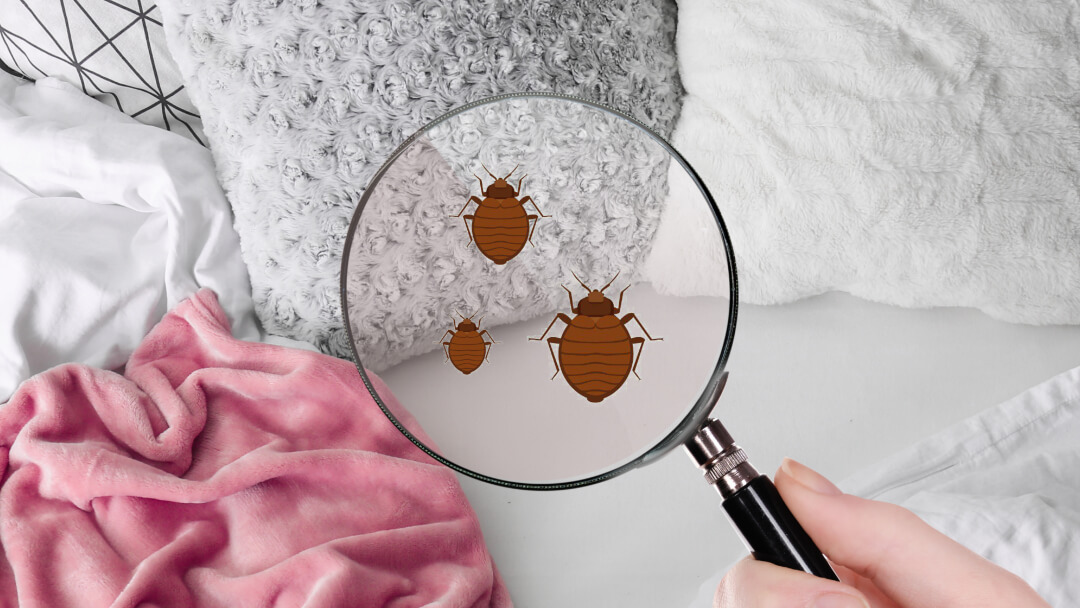Expert Kings Bug Control Cincinnati: Your Trusted Pest control experts
Expert Kings Bug Control Cincinnati: Your Trusted Pest control experts
Blog Article
Kinds of Bug Control: Which Technique Is Right for Your Problem?
When faced with a bug infestation, the selection of an ideal method for insect control is essential in effectively taking care of the scenario. By discovering the numerous kinds of pest control methods readily available, people can make informed decisions tailored to their distinct conditions, making sure a more lasting and reliable result in pest eradication.
Chemical Bug Control
Chemical parasite control entails making use of synthetic or normally derived chemicals to handle and remove pest populaces successfully. This method is commonly used in farming, forestry, and domestic settings to battle a broad array of parasites, consisting of pests, rodents, and weeds. Using chemical pesticides can offer fast and targeted solutions to pest invasions, making it a prominent option for lots of individuals and services.
One of the crucial benefits of chemical pest control is its capability to quickly remove bugs, reducing the risk of damage to crops, residential property, and human health. By using certain chemicals that target certain pests, this technique can efficiently control infestations while minimizing damage to beneficial microorganisms and the environment when applied correctly.
Nonetheless, the use of chemical bug control additionally elevates concerns concerning prospective unfavorable results on non-target species, water resources, and human health. It is vital to follow safety standards, use chemicals responsibly, and consider alternate bug control techniques to minimize these dangers and ensure sustainable parasite administration practices.
Organic Parasite Control
Biological insect control, likewise understood as biocontrol, makes use of living organisms to manage and reduce bug populations normally. By using the insect's natural killers or microorganisms, organic bug control offers a lasting and ecologically pleasant solution to pest monitoring.

Mechanical Bug Control
Utilizing physical and hands-on techniques to take care of insect populaces, mechanical insect control supplies an alternative strategy that does not rely upon the use of living organisms or artificial chemicals. This method involves using obstacles, catches, or various other gadgets to literally prevent or eliminate pests. By obstructing pest entrance factors or establishing catches to catch them, mechanical bug control can efficiently lower invasions without presenting chemicals right into the environment.
One common instance of mechanical insect control is making use of mesh displays on home windows and doors to stop insects from going into structures. This simple yet effective approach functions as a physical barrier, maintaining parasites out while allowing for helpful hints proper ventilation. Additionally, devices like mousetraps, fly swatters, and ultrasonic repellents drop under the mechanical bug control group.
While mechanical bug control approaches can be labor-intensive and require routine tracking and upkeep, they provide a lasting and eco-friendly solution for handling insect invasions. By combining different mechanical strategies, building owners can create a detailed pest control method that reduces reliance on chemical pesticides.
Physical Parasite Control

Some typical physical insect control techniques include using barriers such as screens or nets to stop insect entry, traps to capture and remove bugs, and hand-picking to physically eliminate bugs from plants or structures. Furthermore, methods like warm therapies can be made use of to regulate bugs like bed bugs by increasing the temperature level to degrees that are dangerous to the pests.
Physical pest control is specifically valuable in incorporated pest management (IPM) techniques, where multiple parasite control methods are integrated for reliable insect administration while reducing making use of chemicals. By using physical parasite control techniques, people can efficiently resolve parasite infestations with marginal environmental effect.
Integrated Insect Administration
When applying physical parasite control approaches as component of parasite management methods, Integrated Parasite Management (IPM) arises as a thorough technique that leverages numerous techniques to effectively regulate pest populations. IPM concentrates on long-term prevention of parasites through a mix of organic, cultural, helpful site physical, and chemical tools customized to certain insect concerns. By integrating several control methods, IPM intends to decrease the risks connected with pests while likewise decreasing reliance on chemical options.
One trick element of IPM is the emphasis on surveillance and examining pest populations to identify the most suitable control techniques. This proactive approach allows for very early intervention and targeted methods, leading to much more efficient insect administration. Furthermore, IPM advertises eco-friendly methods by prioritizing non-chemical control approaches and just using pesticides as a last option.
Final Thought

By utilizing the parasite's natural predators or virus, organic parasite control supplies a sustainable and ecologically rat control pleasant remedy to pest monitoring. - Kings pest control Cincinnati
Using hand-operated and physical approaches to manage bug populaces, mechanical pest control uses a different strategy that does not rely on the use of living organisms or synthetic chemicals.An efficient technique to taking care of insect populaces without counting on chemical or organic approaches includes the use of physical bug control techniques.When carrying out physical parasite control techniques as part of parasite administration approaches, Integrated Parasite Monitoring (IPM) arises as a detailed method that leverages different strategies to effectively control pest populaces. Chemical insect control includes the use of pesticides, biological pest control makes use of natural killers, mechanical parasite control includes physical obstacles, physical parasite control consists of capturing or eliminating pests, and integrated pest administration combines numerous approaches for an alternative strategy to pest control.
Report this page